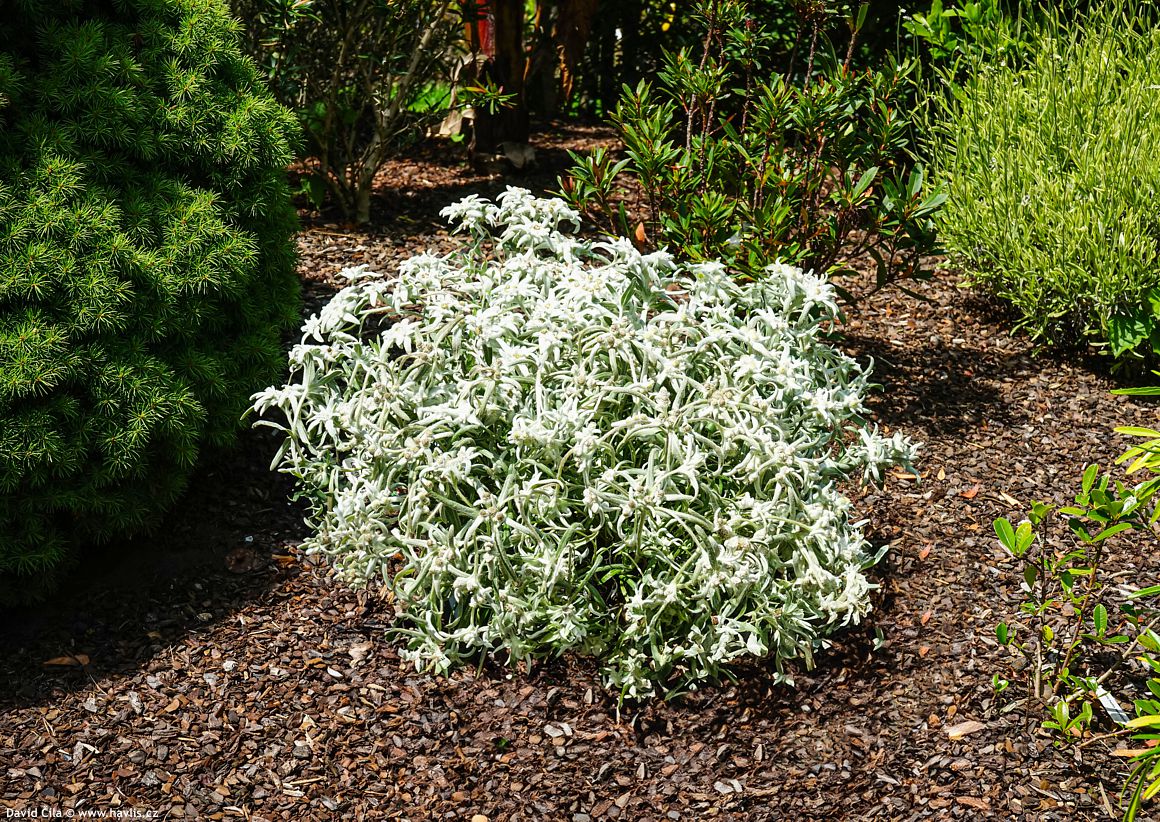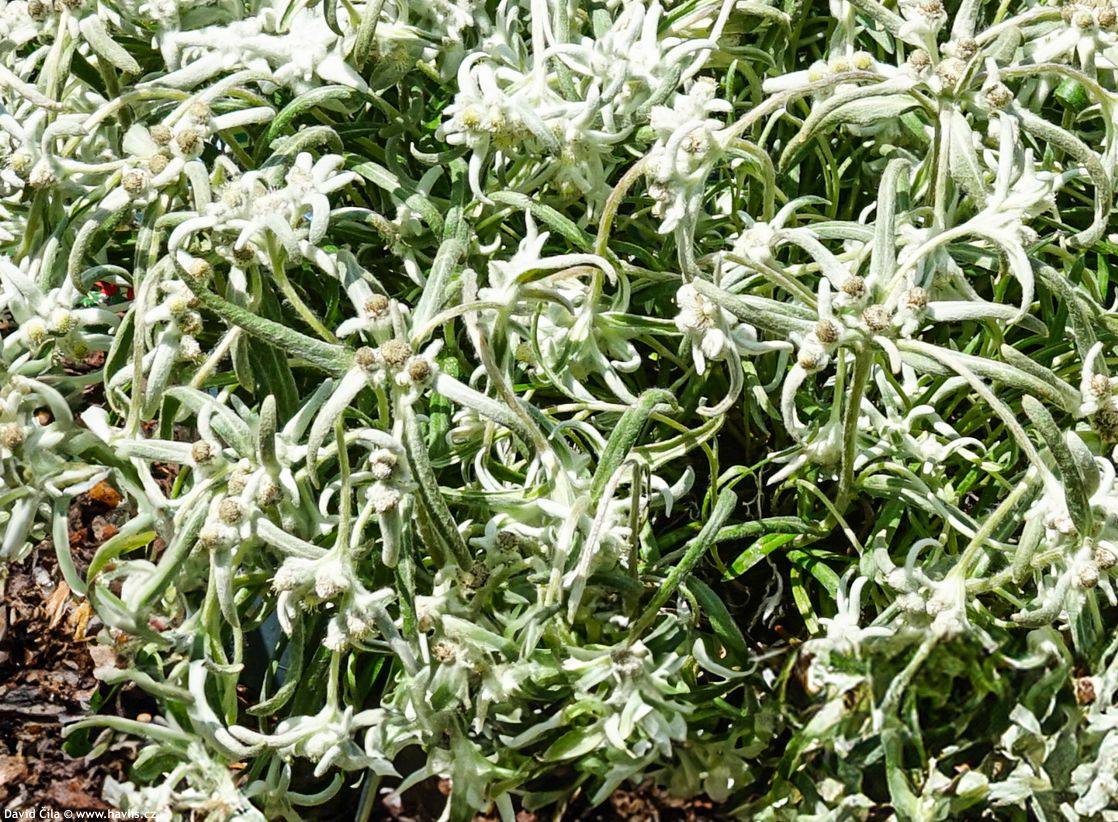Leontopodium alpinum 'Berghman' BLOSSOM OF SNOW Alpine star, Edelweiss
Leontopodium
The genus Leontopodium, commonly known as edelweiss, comprises several species growing in the mountainous regions of Europe and Asia. The most famous among them is Leontopodium alpinum, which has become a symbol of the Alps, from Switzerland through Austria, northern Italy, and Slovenia all the way to Mongolia. Historically, it represents purity, courage, and resilience, which is demonstrated by its ability to thrive in the harshest alpine conditions. Its German name, Edelweiß, translates to "nobly white," referring to its unique appearance.
A proof of Alpine bravery or a pop music inspiration?
In the past, young men collected edelweiss as a test of bravery, risking their lives climbing steep cliffs to bring this rare flower to their beloved. Edelweiss doesn’t grow just anywhere—its dense, felt-like hairs serve not only as an aesthetic feature but as a natural shield against cold and intense sunlight, allowing it to thrive at elevations of 1,800–3,000 meters. With the rise of alpinism, tourists began recklessly picking edelweiss, which led to a drastic decline in its population. Eventually, it was declared an endangered species and is now legally protected in many countries.
The flower appears in folk songs, military insignia, and even pop culture. Are you familiar with the 1959 Broadway musical The Sound of Music or its 1965 film adaptation? It features Edelweiss, a poignant song that expresses an Alpine native’s longing for home as he is forced to flee with his family from Nazi occupation. In 1988, the Austrian eurodance group Edelweiss further popularized the flower with their dance hit Bring Me Edelweiss. The song, which includes yodeling, also features a sample from ABBA’s S.O.S.—reportedly obtained thanks to a drunken phone call with one of the band's publishers, perhaps charmed by the traditional Austrian attire in the music video attempt.
BLOSSOM OF SNOW is a Belgian cultivar of edelweiss, selected by Herman Berghman from Asse, Belgium. Compared to the botanical species and other previously known varieties, it stands out with taller stems and larger flower heads, measuring 5–6 cm in diameter. They are light green, but due to the abundance of white hairs, they appear silvery – a protective adaptation that shields the plant from extreme cold, strong sunlight, and dehydration. Thanks to this resilience, it thrives in conditions where most plants would struggle. Blooming begins in June or July and may last until August.
Botanically speaking, these star-shaped, silvery-white structures are not actual flowers but rather protective bracts that surround tiny yellowish-white florets. The stems rise up to 30 cm once fully established in the garden, making it suitable as a cut flower as well. Its narrow, lance-shaped leaves are also delicately hairy, giving them the same silvery appearance. The cultivar is patented under PP29106 (USA – 2018) and 49517 (EU – 2018).
Due to its compact growth habit, edelweiss is ideal for rock gardens, alpine landscapes, or as a symbolic centerpiece in mountain-themed flower beds. Its silvery surface lends it an almost magical, mysterious beauty, which becomes particularly striking in sunny locations. When sunlight touches its fine hairs, it creates a velvety shimmer, making it appear like a natural work of art.
Edelweiss has a storied history, as it was traditionally used as a medicinal herb, especially for respiratory ailments and stomach issues. Today, its extracts are utilized in cosmetics, containing antioxidants and protective compounds that shield the skin from UV radiation. This plant is low-mainenance but requires specific conditions. It should be placed in a sunny location with well-drained soil, preferably lime-based. Watering should be moderate, as it dislikes excessive moisture. It thrives in poor, rocky soils with good drainage. Propagation is best done via seeds, which benefit from stratification. Edelweiss is fully hardy, enduring temperatures as low as -30°C (USDA zone 5) or even lower, making it an ideal plant for alpine conditions.
Last update 10-06-2025












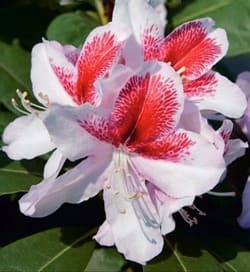










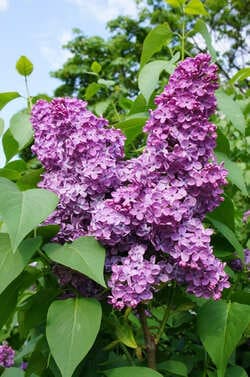

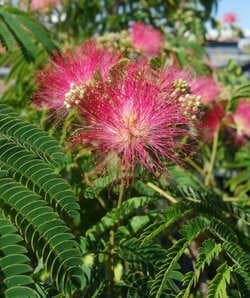




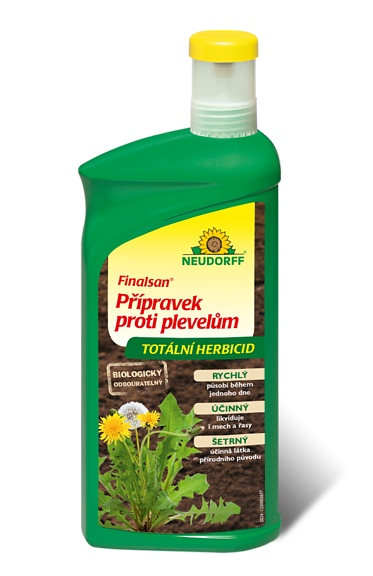


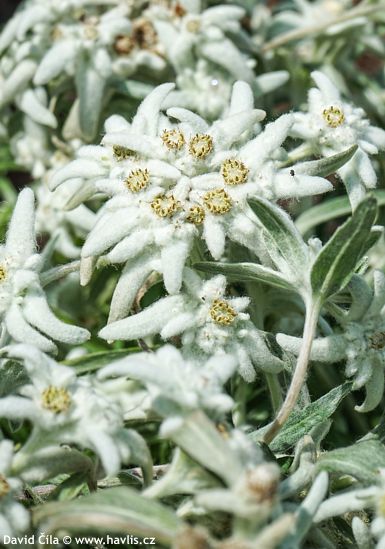
.jpg)
